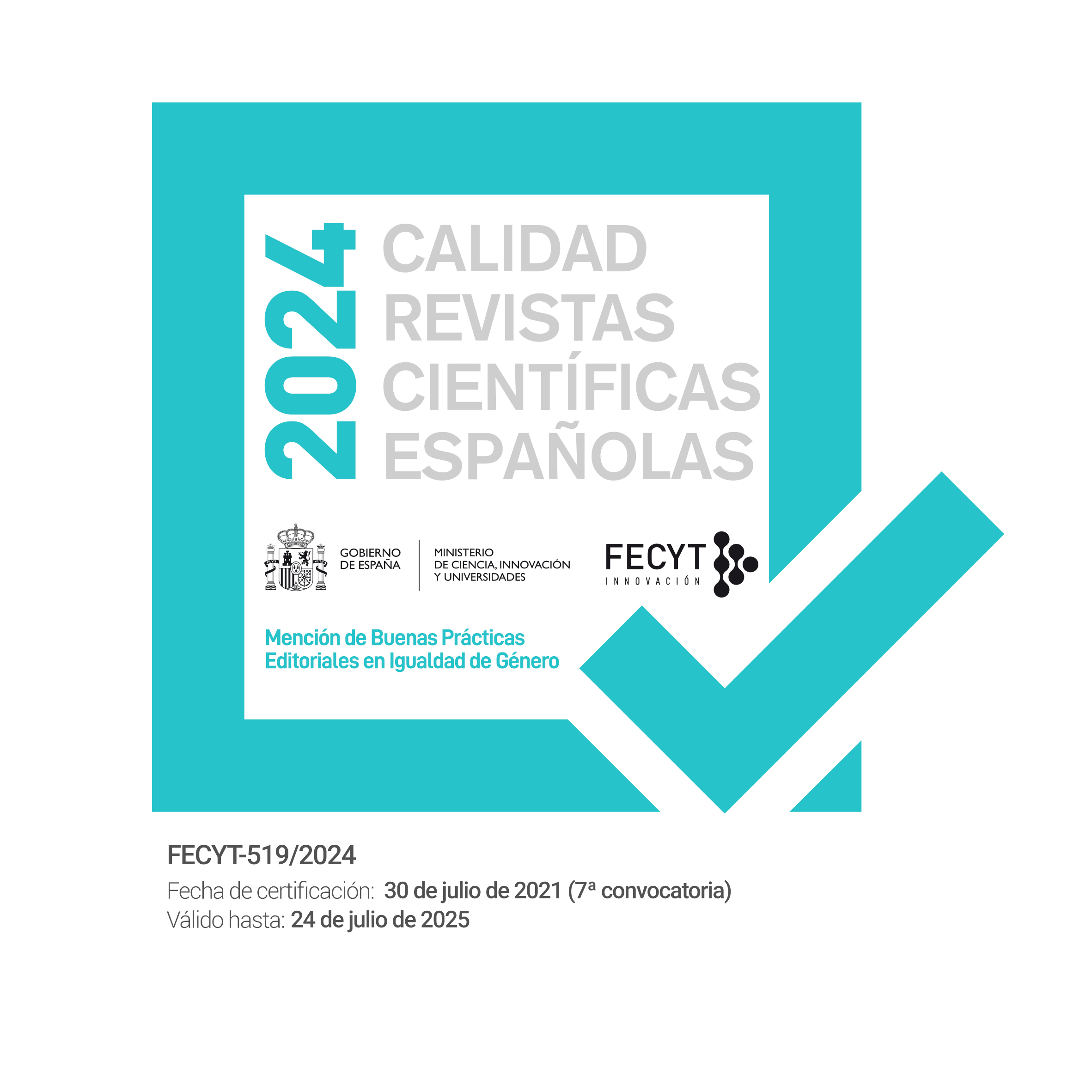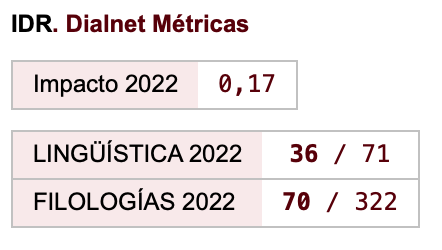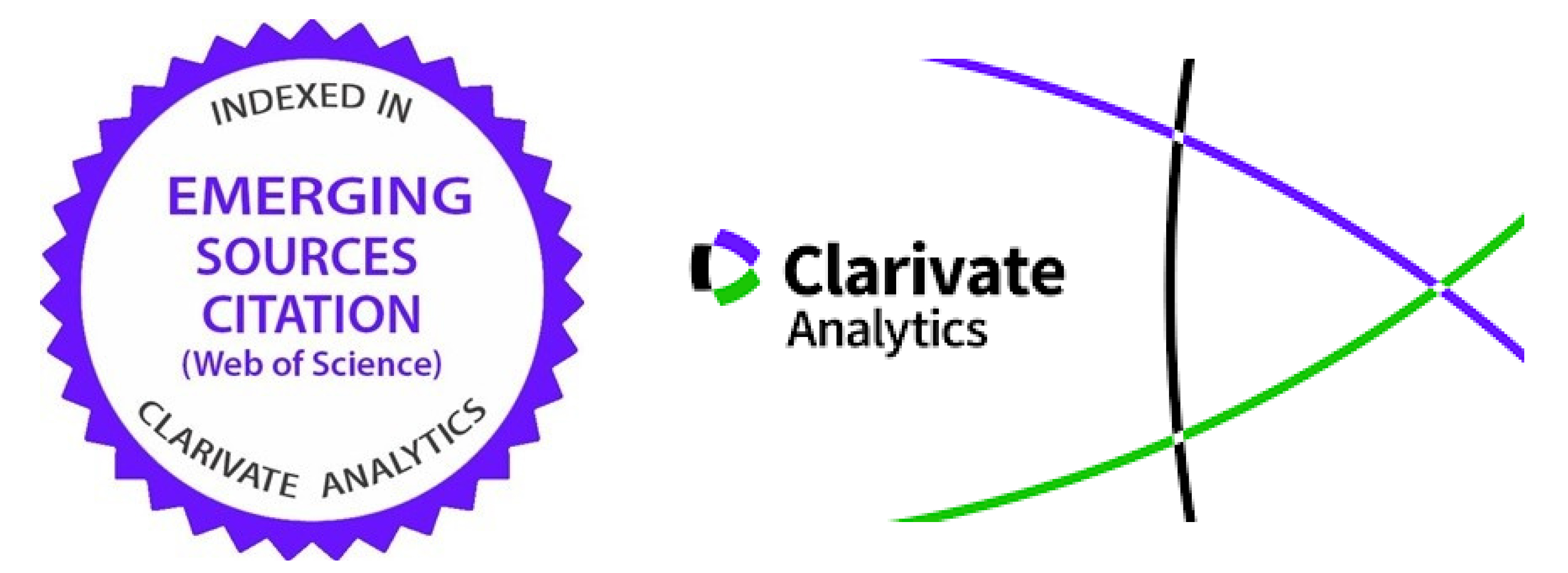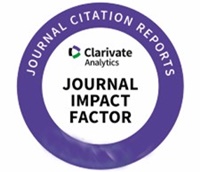Linguistic-comparative application of the Spanish and Albanian DC and IC
Keywords:
direct object, indirect object, Albanian, dative case, accusative case, Albanian cases, Albanian morphosyntaxAbstract
The purpose of this research is to compare descriptively the issues arising from comparing the direct and indirect objects in both Albanian and Spanish. Both languages belong to different Indoeuropean groups, however they keep some morphosyntactical similarities in some of the functions of these two cases. In Albanian, five cases are used to indicate relations between words. In Spanish, the morphological difference of cases (inherited from Latin) has only been kept in the third person of the indirect and direct object pronouns. We present here paralellisms and linguistic applications of these two cases: dative (indirect object) and accusative (direct object) in European languages that has never been compared before.
Downloads
References
Ajeti, Idriz. (1969). Historia e gjuhës shqipe. Pristina: Enti i botimeve shkollore i
Republikës Socialiste të Serbisë. Reparti-Prishtinë.
Alarcos Llorach, Emilio. (2002). Gramática de la lengua española. Madrid: Espasa.
Alonso, Martín. (1962). Evolución sintáctica del español. Madrid: Aguilar, S. A. de Ediciones.
Beci, Bahri. (2004). Gramatika e gjuhës shqipe për mësuesit e gjuhës shqipe. Tirana: Botime EDFA.
D’Introno, Francesco. (2001). Sintaxis generativa del español: evolución y análisis. Madrid: Ediciones Cátedra.
Davies, Mark. (1995). “The Evolution of the Spanish Causative Construction.” Hispanic Review 1 (): 57-77.
Demiraj, Shaban. (1967). Morfologjia e gjuhës së sotme. Tirana: Drejtorinë e botimeve të U.SH.T.
Domi, Mahir et al. (2002). Gramatika e gjuhës shqipe. Sintaksa. Tirana: Botim i Akademisë se Shkencave.
Garcia de Diego, Vicente. (1961). Gramática histórica española. Madrid: Editorial Gredos.
Gutiérrez Ordóñez, Salvador. (2002). Forma y sentido en sintaxis. Madrid: Arco/ Libros, S.L.
Hills, E. C. (1920). “The Accusative “A.” Hispania. 3 (): 216-22.
Katičić, Radoslav, Winter W., ed. (1976). Ancient Languages of the Balkans. The
Hague: Mouton & Co. N.V., Publishers.
Lathrop, Thomas, and Juan Gutiérrez Cuadrado. (2002). Curso de gramática
histórica española. Barcelona: Ariel, S.A.
Lathrop, Tom. (2003). The Evolution of Spanish. Newark: Cervantes & Co.
López García, Ángel. (2000). Cómo surgió el español. Introducción a la sintaxis histó- rica del español antiguo. Madrid: Gredos Biblioteca Románica Hispánica.
Narbona Jiménez, Antonio. (1989). Sintaxis española: nuevos y viejos enfoques. Barce- lona: Editorial Ariel, S.A.
Núñez Méndez, Eva. (2005). “El complemento indirecto introducido por para.” Hispanic Research Journal 6 (): 3-12.
Pharies, David. (2007). A Brief History of the Spanish Language. Chicago and London: The University of Chicago Press.
Pidal, R. Menéndez. (1918). “La lengua española.” Hispania 1 (): 1-14.
Pipa, Arshi. (1991). Contemporary Albanian Literature. New York: East Monographs.
Resnick, Melvyn. (1981). Introducción a la historia de la lengua española. Washington D.C.: Georgetown University Press.
Rivero, María Luisa and Angela Ralli. (2001). Comparative Syntax of Balkan Languages. New York: Oxford University Press, Inc.
Rodríguez Ramalle, Teresa María. (2005). Manual de sintaxis del español. Madrid: Editorial Castalia.
Shuteriqi, Dhimitër. (1969). Histori e letërsisë shqipe për shkolla të mesme. Pristina: Enti i teksteve dhe i mjeteve mësimore i Krahinës Socialiste Autonome të Kosovës.
Stefi, Jani. (1970). Leksikologjia shqipe. Pristina: Enti i teksteve dhe i mjeteve mësimore i Krahinës Socialiste Autonome të Kosovës.
Tsitsipis, Lukas. (1998). A Linguistic Anthropology of Praxis and Language Shift: Arvanítika (Albanian) and Greek in Contact. New York: Clarendon Press Oxford.
Weissenrieder, Maureen. (1990). “Variable Uses of the Direct-Object Marker A.” Hispania 73: 223-31.
Diccionarios
RAE. Diccionario de la lengua española. Madrid: Espasa, 2001.
VOX. New College and Spanish Dictionary. San Diego: National Textbook Company,
Fjalor anglisht shqip. Tirana: Instituti për studime dhe botime shkollore, 1997.
Downloads
Published
How to Cite
Issue
Section
License
Authors who publish with this journal agree to the following terms:
- Authors retain copyright and grant the journal right of first publication with the work simultaneously licensed under a Creative Commons Attribution License that allows others to share the work with an acknowledgement of the work's authorship and initial publication in this journal.
- Authors are able to enter into separate, additional contractual arrangements for the non-exclusive distribution of the journal's published version of the work (e.g., post it to an institutional repository or publish it in a book), with an acknowledgement of its initial publication in this journal.
- Authors are permitted and encouraged to post their work online (e.g., in institutional repositories or on their website) prior to and during the submission process, as it can lead to productive exchanges, as well as earlier and greater citation of published work (See The Effect of Open Access).

Revista de Lenguas para fines específicos is licensed under a Creative Commons Reconocimiento-NoComercial-SinObraDerivada 4.0 Internacional License.























